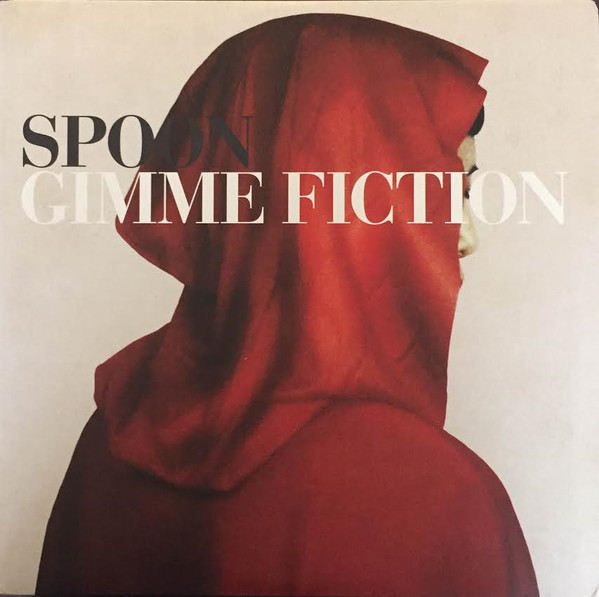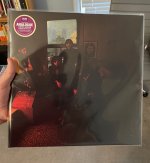I figure this may be of use to audiophiles trying to figure out where their records are pressed.
Using pressing rings to figure out where a record is pressed:
So I ended up going down a bit of a rabbit hole a few weeks ago trying to figure out how to distinguish between Bowie "Blackstar" pressings at RTI vs MPO. Turns out MPO pressings have these very distinct triple concentric pressing rings around the spindle hole. Most MPO pressings anyway. Some exceptions exist apparently, but it seems to hold for "Blackstar".
I looked through my collection to corroborate and it seems like the Springsteen reissues have the distinct MPO pressing rings, for example.
This resource is fantastic if ever you want to go down that route:

LP Pressing Rings And The Mystery Of The Deep Groove (11/2023 Update)
A blog about the adventure of searching for classic vinyl LPs and a discussion of albums and artists and how disks came to be in my collection.vinyldiscovery.blogspot.com
Enter today...
I want to find out where my Spoon "Gimme Fiction" 10th anniversary reissue is pressed but there is no information anywhere and nothing obvious in the deadwax. So I turned to the pressing rings for clues.
This one:

Spoon - Gimme Fiction
View credits, reviews, tracks and shop for the 2015 Vinyl release of "Gimme Fiction" on Discogs.www.discogs.com
Turns out it has a single 31.7 mm ring, so it seems to be from RTI. I then compared to other RTI pressings I own and the shape of the pressing ring and label holds. So I'm pretty confident it was pressed at RTI.
What a hobby!
That's really interesting
For the RTI pressings it's also quiet easy to tell from the dead wax. They have the following format.
xxxxx.x (x)
4-5 digits, followed by a decimal point: the number after the decimal point that indicates the side.
then, the number in parentheses Indicates the manufacturing process, a 2 means it was pressed direct from the lacquer or mother & 3 means that it was pressed from a normal stamper. (I don't know if they use a 1 for one steps, I should check).
so 12345.2 (2)
would indicate side 2 & that it was a direct pressing from the mother or lacquer.
The only thing to be careful about is if there are additional numbers etched, it could indicate that the lacquer was made at RTI but the vinyl pressed somewhere else.
edit - this is where the ring knowledge would come in really handy
I haven't watched this recently but found it quite interesting few years ago
Last edited:

